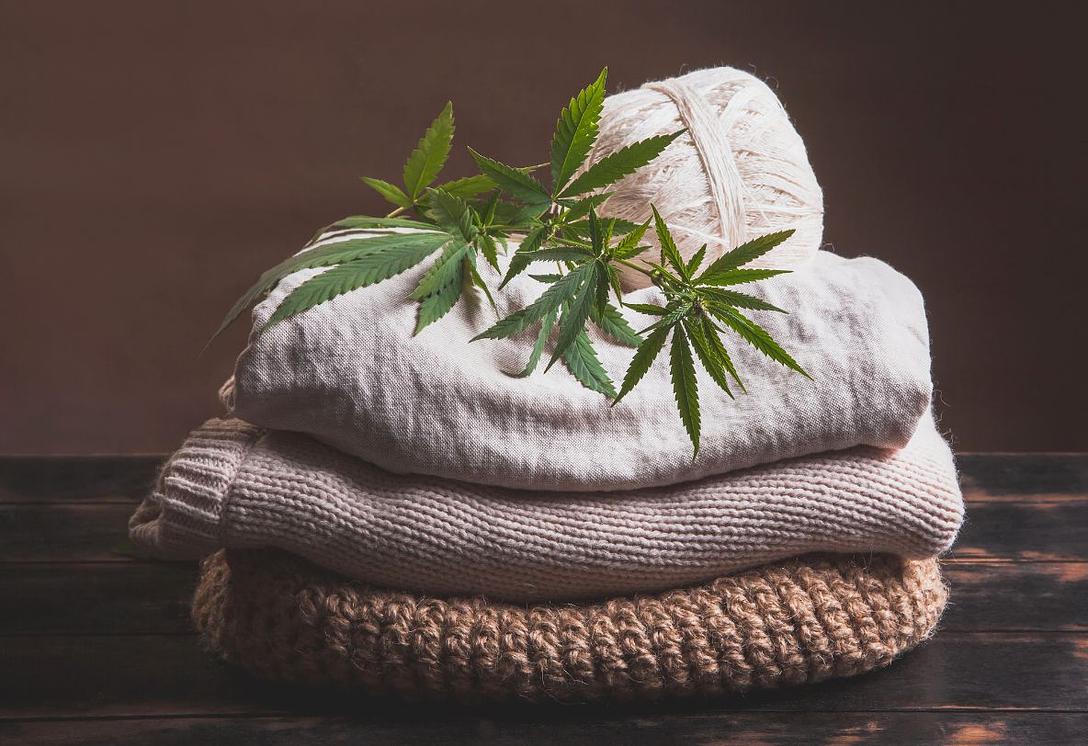The textile applications of hemp
Although still modest today, the presence of hemp in ready-to-wear and home decoration is growing rapidly, and the European industry is being structured.

Although still modest today, the presence of hemp in ready-to-wear and home decoration is growing rapidly, and the European industry is being structured.

Cannabis sativa is a force to be reckoned with. Throughout history, humans have been relying on its exceptional robustness: braided, it is made into top-quality ropes; woven, it resists wind and tides as ships’ sails and tents. In the home, hemp is used to create the trousseau for a future bride, made to last her lifetime and beyond!
Long, semi-long, short cottonised or cellulosic... In textile hemp, each type of fibre undergoes a specific process to suit its area of application.
These transformation processes are still under development and are not at the same level of industrial maturity.

They are obtained using the same process as flax (field retting, scutching, etc.) As for spinning, these valuable fibres are processed using the wet spinning method. The fibres are submerged in water at 60°C to 70°C to make them softer and more supple, and then they are twisted to produce a fine, even yarn. Of very high quality, these yarns are used to make clothing and household linens.
The long fibre process is under development.
Processed along the wool model, these fibres can be spun to achieve a more rustic, thicker yarn for use in fabrics for jeans, interiors and technical applications.
“Cottonisation” allows for hemp to be adapted to existing machinery and to be mixed with cotton in particular, in blends of different percentages. At the heart of this technology (open-end spinning) is the centrifugal force of a turbine, which forms a twist-free yarn. More brands hoping to replace cotton with fibres that require less water and fewer phytosanitary products are becoming interested in the ease of use of cottonised hemp fibres.
These are extracted from the core, the central part of the hemp stem. In this process, the cellulose pulp is dissolved, and then spun using a specific wet spinning process. Originally used by the wood industry (e.g., viscose, Lyocell), since 2018 this technique has been adapted for hemp in France. They can be used to create fine, strong, lightweight, and versatile materials.
This process is at the R&D stage.
Although still modest today, the presence of hemp in ready-to-wear and home decoration is growing rapidly, and the European industry is being structured.

Hemp is increasing its presence in ready-to-wear, buoyed by growing consumer interest in natural and sustainable fibres. Denim manufacturers in particular appreciate the strength of woven hemp fabric, which is now branching out into new textures that are smoother and more delicate, for example, through blends with cotton. But hemp is also being used for underwear.
Hemp has always been part of the domestic world. From household linens to bed linens, as well as furniture fabrics, strong greige hemp fabric is a “natural” and robust classic.
{{message}}